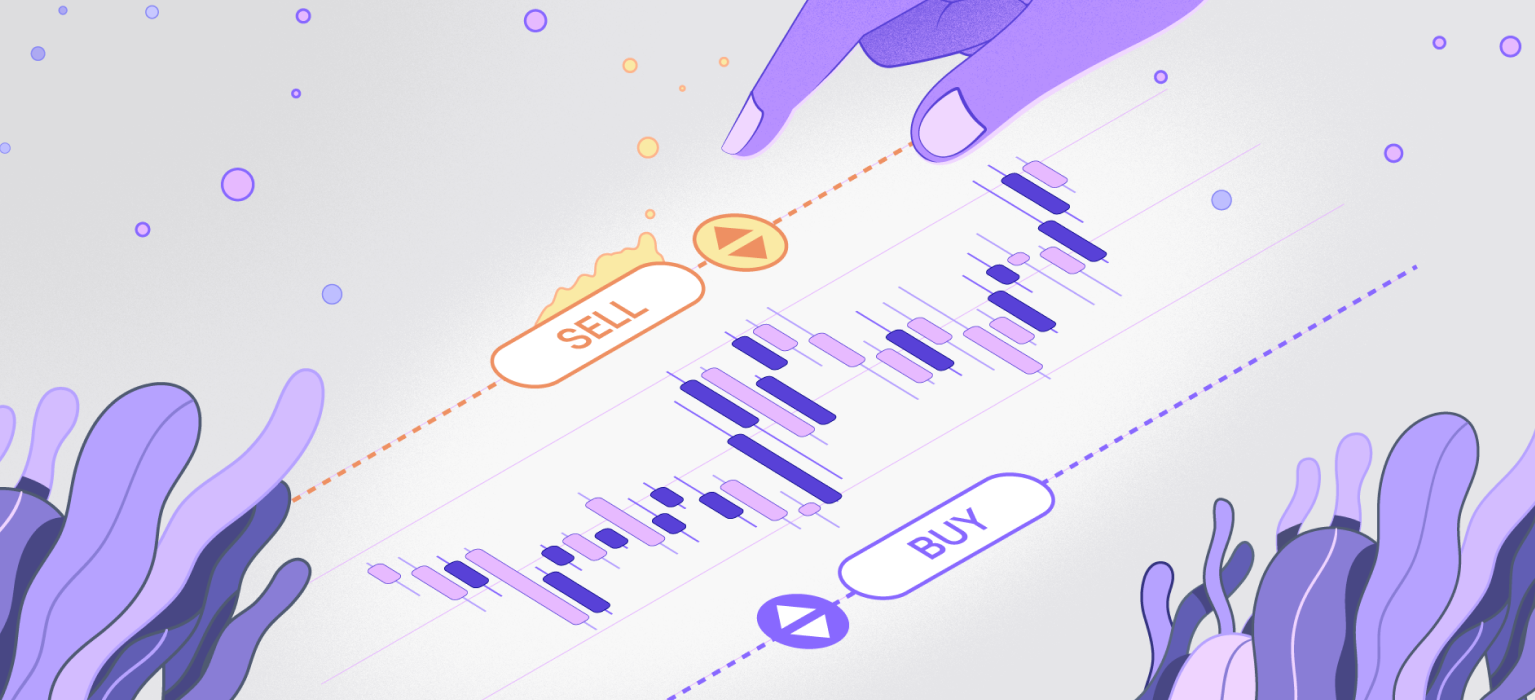
Trading volume has long been the default metric cited by analysts, media pundits and aggregators to rank cryptocurrency exchanges. While volume provides a high-level overview of marketplace activity, it can be faked to create the impression there’s more legitimate trading activity on a marketplace than there really is.
The exchange can simply print non-existent trades or they can incentivize clients to engage in wash trading (the placement of buy and sell orders in the same size at the same price that instantly cancel each other out, creating additional exchange trade volume that adds no actual liquidity). Volume can be abused as a vanity metric that doesn’t offer a meaningful indicator of a legitimate trader’s expected experience.
Liquidity: The lifeblood of any thriving marketplace
Think of liquidity as the speed and ease with which orders are filled without impacting an asset’s spot price. As a metric, it tells participants how easy it is to execute trades either at or close to the current market price.
Across the various market health metrics that Kraken monitors, we use six to track exchange liquidity:
Spread
The price difference between the highest bid (price a buyer is willing to pay) and lowest ask (price a seller is willing to take). Tighter spreads make for better trading because they mean a lower cost of trading (beyond just fees) and represent a better consensus on an asset’s current market value.
Depth
The relative size and number of open bids and asks at any one time. Marketplace depth means new orders can be more readily filled, reducing impact to the trading price.
Order book stability
The degree marketplace depth varies across a given time period, but particularly during distressed market conditions. High order book stability means orders have a consistent level of market impact. This is particularly important when volatility is high.
Bid/ask imbalance
The comparative size of bids and asks at a given depth. Imbalances (e.g., much larger sized bids than asks) create unstable directional liquidity, leaving an asset price susceptible to high volatility in one direction.
Latent liquidity
The market order cost measured by taker fees. Setting taker fees at the right level ensures market orders can be placed at the optimum opportunity cost.
Price dispersion
The speed at which exchanges update market prices relative to other exchanges. Minimal price dispersion means traders can act promptly on new price information.
The real-world trading impact of liquidity
High liquidity saves time and money. Like an actual physical marketplace, transactions occur swiftly and seamlessly if there are plenty of buyers and sellers. On the flipside, illiquid marketplaces incur an opportunity cost: transactions take longer to fill and get executed at less favorable prices.
Because of this, liquidity also encourages trading activity… which leads to more order flow… which creates still more liquidity: a virtuous cycle. Low liquidity can create a higher execution risk that discourages clients from trading on the platform, further lowering liquidity.
Liquidity communicates important information that volume does not
As a metric, liquidity speaks to the quality of the trading experience: It’s self-evident to the client whether a marketplace is liquid or not. If exchanges were ranked by liquidity, there’d be no benefit to venues printing fake trades or inducing clients to wash trade.
There would be no point to artificially inflating nominal volume numbers. The focus would be on aligning incentives between the exchange and the end user.
Consider liquidity as a byword for marketplace resilience. In an illiquid market, orders have a significant price impact, which discourages legitimate trading activity. Illiquidity also provides opportunities for bad actors to manipulate prices with high-volume orders around one depth or price point.
Regulators have previously expressed concern that crypto prices are too easily swayed by whales. In a liquid marketplace, large orders are more easily absorbed, preventing disruptive market impacts.
Emphasizing liquidity over trading volume would directly incentivize exchanges to offer a better practical trading experience to attract new clients. Wider awareness of these dynamics will yield a healthy, flourishing ecosystem and marketplaces that clients can confidently and efficiently navigate.
These materials are for general information purposes only and are not investment advice or a recommendation or solicitation to buy, sell, stake or hold any cryptoasset or to engage in any specific trading strategy. Kraken does not and will not work to increase or decrease the price of any particular cryptoasset it makes available. Some crypto products and markets are unregulated, and you may not be protected by government compensation and/or regulatory protection schemes. The unpredictable nature of the cryptoasset markets can lead to loss of funds. Tax may be payable on any return and/or on any increase in the value of your cryptoassets and you should seek independent advice on your taxation position. Geographic restrictions may apply.
- SEO Powered Content & PR Distribution. Get Amplified Today.
- PlatoData.Network Vertical Generative Ai. Empower Yourself. Access Here.
- PlatoAiStream. Web3 Intelligence. Knowledge Amplified. Access Here.
- PlatoESG. Carbon, CleanTech, Energy, Environment, Solar, Waste Management. Access Here.
- PlatoHealth. Biotech and Clinical Trials Intelligence. Access Here.
- Source: https://blog.kraken.com/crypto-education/why-liquidity-is-an-important-metric-in-crypto-markets